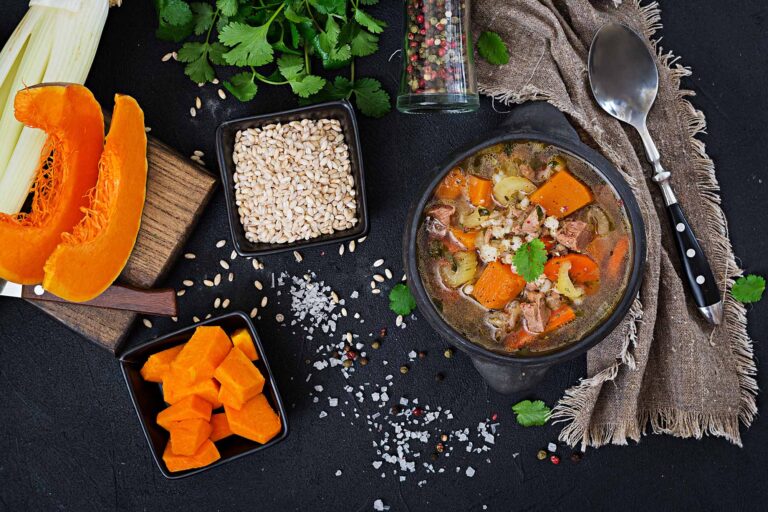Sri Lankan cuisine is a reflection of the island’s rich history and cultural diversity, blending flavors from India, Southeast Asia, and even Europe. Food is an integral part of the Sri Lankan experience, with dishes that are as colorful as they are flavorful. From fiery curries to street food staples, Sri Lankan cuisine offers something for everyone.
At the heart of Sri Lankan cuisine is rice and curry, a staple that is eaten at almost every meal. Sri Lankan curries are typically made with a variety of ingredients, including vegetables, meats, and seafood, and are flavored with spices like cinnamon, cardamom, cloves, and curry leaves. The heat of the curry is often balanced by sambols like pol sambol (coconut sambol), which adds a fresh, tangy flavor to the meal.
Street food is another highlight of Sri Lankan cuisine. Kottu roti, a stir-fried dish made with shredded flatbread, vegetables, and meat, is a popular street food that can be found in almost every corner of the island. Hoppers, a type of bowl-shaped pancake made from fermented rice flour, are often served with a fried egg and sambol. String hoppers, a similar dish made from rice flour noodles, are typically eaten with curries and coconut milk.
Seafood plays a central role in Sri Lankan cuisine, particularly in coastal areas. Fish curry, prawn curry, and crab curry are popular dishes, often served with rice or bread. Fresh seafood is widely available, and many restaurants offer grilled fish and seafood platters that showcase the island’s bounty.
For dessert, watalappam, a rich coconut custard pudding made with jaggery (palm sugar) and spices, is a must-try. Kiribath (milk rice) is another traditional dish, often served with sweet or savory accompaniments.
Sri Lankan cuisine is a true reflection of the island’s vibrant culture and history, offering visitors a unique and delicious culinary experience.










